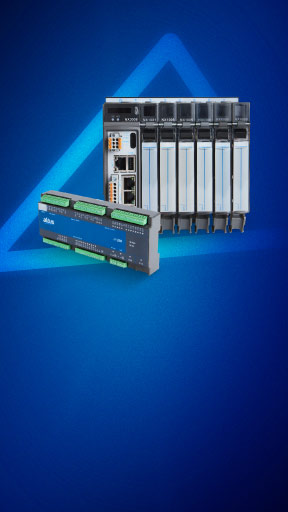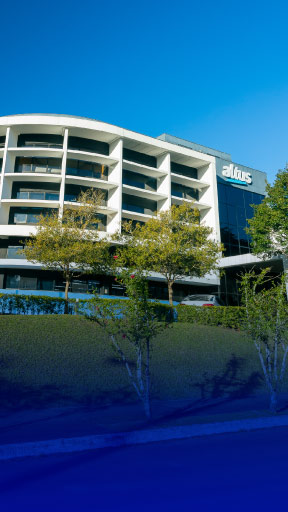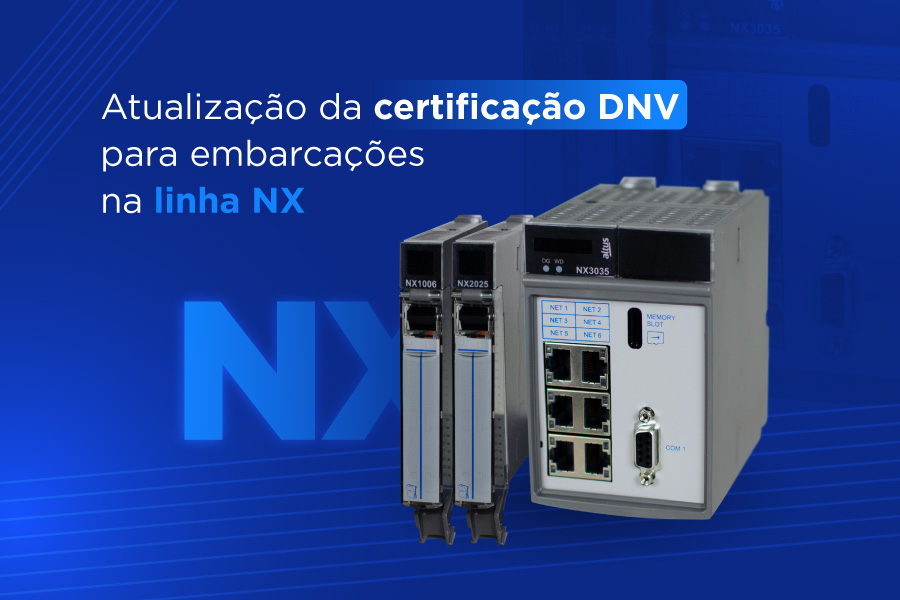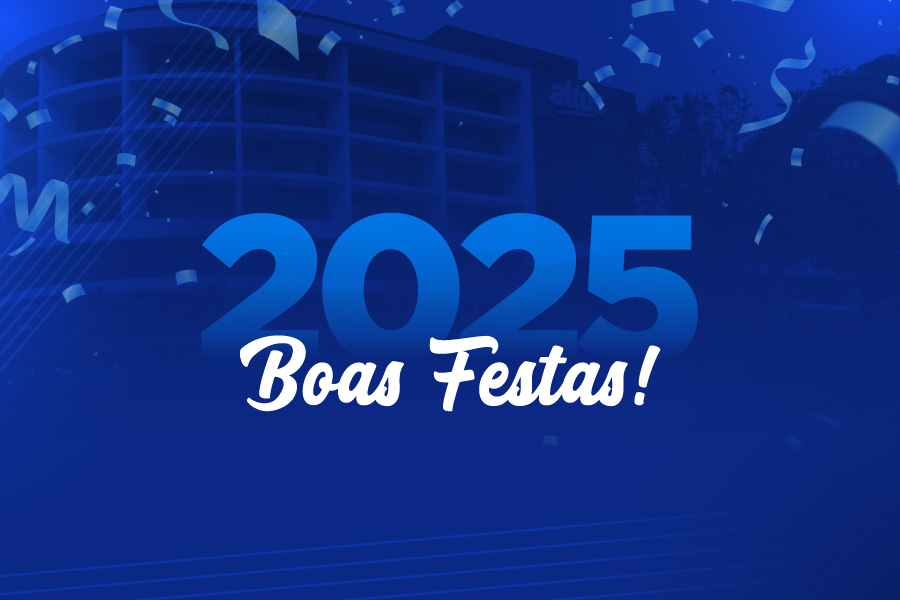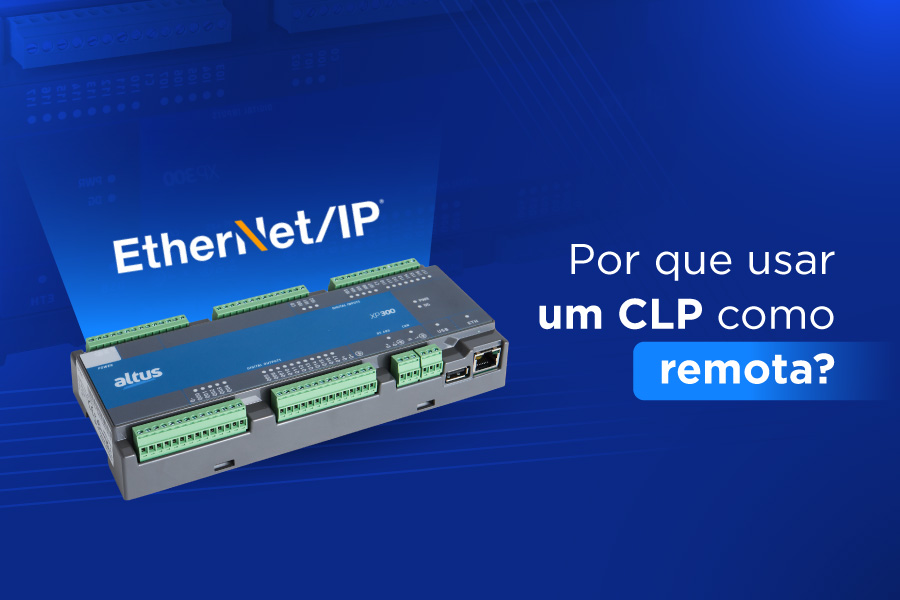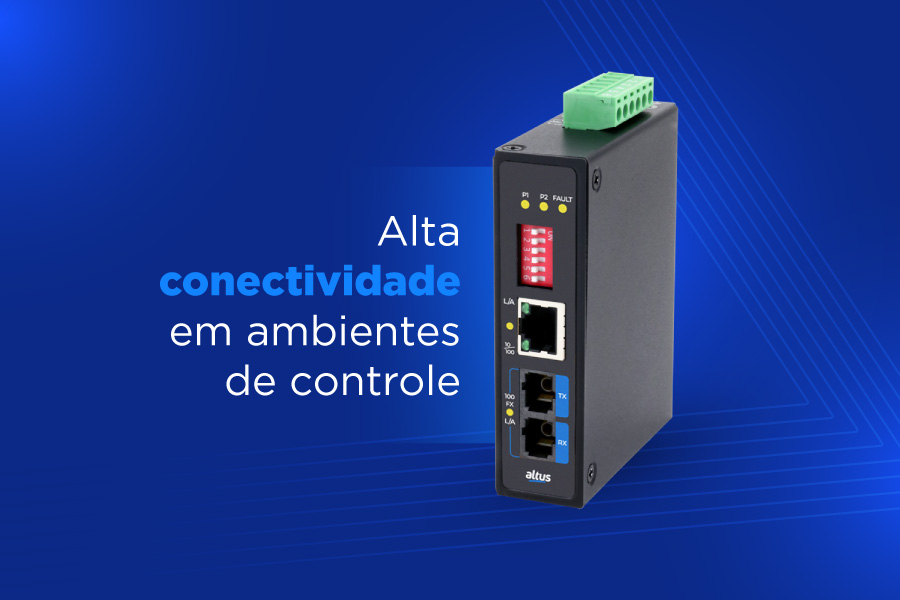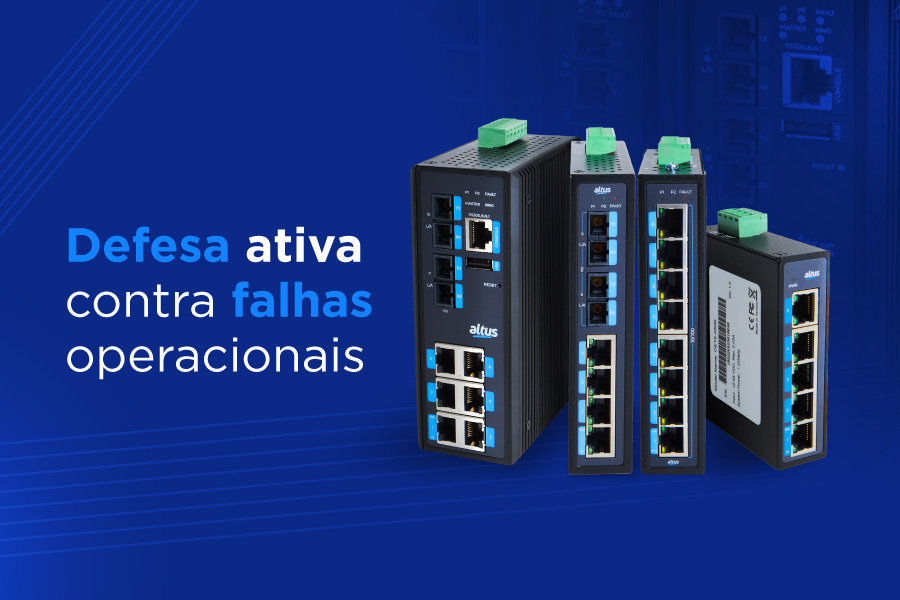Cada vez mais presente em nossas vidas, a tecnologia oferece uma série de dispositivos inteligentes e customizáveis que prometem facilitar o nosso dia a dia. O conceito de IoT, sigla em inglês para Internet das Coisas, propõe conectar objetos cotidianos, como lâmpadas, relógios e carros, à uma rede, facilitando nossa rotina e contribuindo com a evolução dos dispositivos, que se tornam mais interativos e inteligentes.
O gateway, equipamento cujo o qual já falamos aqui no Blog I&A, é um desses dispositivos. Com ele, é possível fazer a conexão entre equipamentos localizados em redes diferentes e que comuniquem através de padrões distintos. Neste artigo, vamos aprofundar este conceito e falar sobre a aplicação de gateways no ambiente IoT e como sua utilização pode beneficiar a indústria!
O que é um gateway IoT?
Termo em inglês para “portão” ou “portal”, o gateway IoT funciona como um ponto de conexão entre variadas tecnologias, permitindo que equipamentos que utilizam diferentes padrões de comunicação conversem e troquem dados entre si. Ou seja, ele serve como um ponto de entrada e saída para todas as informações da rede, facilitando a troca de informações ao adaptar meios físicos e protocolos de comunicação.
O gateway IoT também é um dispositivo inteligente e que pode ser utilizado em aplicações de Edge Computing, roteando a troca de dados entre equipamentos e o CLP responsável pelo processo, ao invés de armazená-los em um banco de dados ou na nuvem. Isso evita o excesso de informações fora dos dispositivos e atrasos na comunicação. Dessa forma, o dispositivo filtra as informações desnecessárias, ou de rotina, que impedem o funcionamento dos equipamentos e transmite somente dados incomuns ou críticos, evitando a sobrecarga do sistema.
Outro ponto positivo da utilização de gateways IoT é a redução de custos com infraestrutura. Como os sensores mais avançados do mercado têm a capacidade de gerar e processar dezenas de milhares de dados por segundo, não demandam a utilização de um CLP para realizar o tratamento dessas informações antes de armazená-las. Entretanto, é preciso utilizar algum recurso para levar os dados dos sensores para o sistema de supervisão. Neste caso, os gateways IoT podem ser utilizados para enviar as informações coletadas pelos sensores direto para o banco de dados local ou para a nuvem, reduzindo os gastos com infraestrutura e aumentando a eficiência do processo.
Como utilizar um gateway IoT na sua fábrica
Por estarem totalmente conectados ao conceito de Internet das Coisas, os gateways IoT possuem um grande leque de utilizações. Uma dessas aplicações é em redes de comunicação de edifícios com escritórios inteligentes. Em aplicações prediais como essas, é comum existirem centenas de sensores para medição de variáveis como temperatura, iluminação, eficiência energética, qualidade do ar e sinais do sistema de segurança, o que acaba gerando um grande volume de dados. Aqui, o trabalho do gateway é transmitir esses dados para o CLP. No caso da variável temperatura, ele pode enviar dados ao dispositivo de controle informando se está mais frio ou mais quente que o pré-determinado no sistema. Se a temperatura estiver muito alta, o CLP poderá ajustar a configuração do ar-condicionado e resfriar o ambiente.
Dispositivos de alta conectividade como gateways IoT são facilmente aplicáveis em arquiteturas que utilizam produtos Altus. Como exemplo, vamos imaginar uma fábrica com diferentes processos interligados através de uma rede MODBUS RTU e controlados por CLPs da Série DUO. Para aumentar o nível de controle e qualificar o processo de tomada de decisão, a equipe de gestão decide fazer um upgrade na planta instalando um sistema de supervisão com dashboards interativos. Para que as informações do chão de fábrica possam ser apresentadas pelo novo sistema, é necessário coletar os dados direto dos CLPs.
Porém, existe um problema: os equipamentos da família DUO comunicam apenas através do protocolo utilizado na rede de controle, o MODBUS RTU, e, também, não possuem interfaces do tipo Ethernet, apenas portas seriais do tipo RS-485 e RS-232. Neste caso, para que o novo sistema de supervisão fosse instalado sem grandes mudanças na arquitetura de controle, um gateway IoT poderia ser utilizado como tradutor entre o CLP e o sistema supervisório. O equipamento poderia receber os dados do controlador em MODBUS RTU, através de uma das interfaces seriais, e converter para uma linguagem compatível com o supervisório, como o protocolo OPC UA.
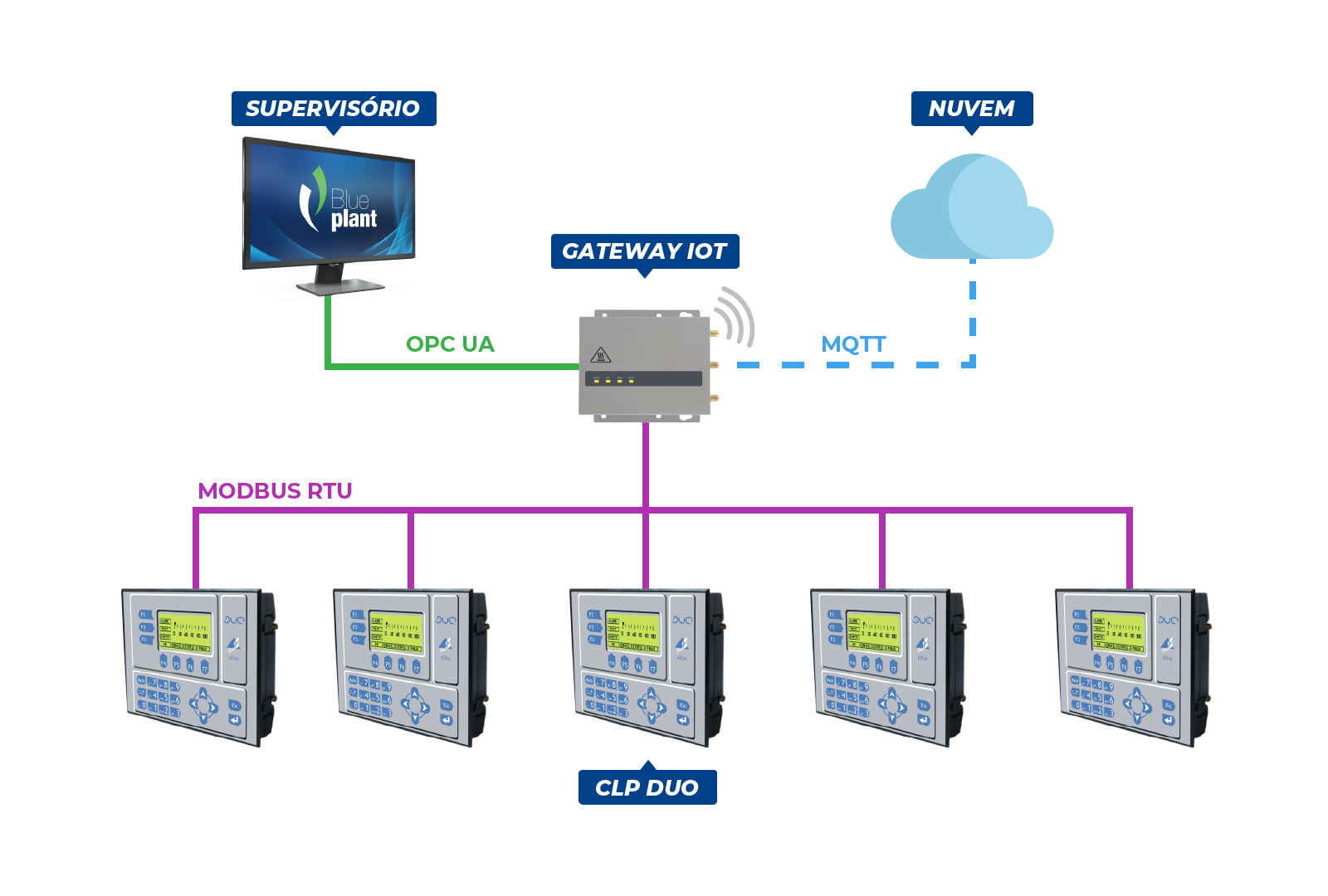
Outra opção seria escrever as informações coletadas em um banco de dados hospedado na nuvem. Neste caso, o gateway poderia fazer a conversão dos dados de MODBUS RTU para o padrão MQTT, um dos protocolos de comunicação mais utilizados em aplicações IoT atualmente. Esse mesmo exemplo é válido para diferentes arquiteturas de rede que utilizem qualquer CLP ou equipamento, da Altus ou de terceiros, com suporte a um protocolo e demande a conversão para algum padrão diferente.
CLP Nexto Xpress como gateway IoT
Para aplicações que demandem maior capacidade de processamento e nível de conectividade do gateway, um controlador programável pode ser aplicado como dispositivo de tradução e conexão entre diferentes máquinas e sistemas. Porém, para isso, o equipamento em questão deve possuir tecnologia avançada e suporte a diferentes protocolos de comunicação, como o caso do Nexto Xpress, CLP IoT ready da Altus.
Um exemplo que podemos citar é a utilização do CLP como gateway IoT para comunicação entre famílias de produtos Altus mais antigas, como as séries AL, Quark e Piccolo, e novos dispositivos IoT. Neste caso, o Xpress pode fazer a tradução dos dados enviados pelos equipamentos, que utilizam o padrão ALNET I, para EtherNet/IP ou um protocolo mais comum atualmente. Assim como no exemplo anterior, o CLP Nexto Xpress também poderia transmitir estes dados para um supervisório, utilizando os protocolos OPC UA ou MODBUS TCP, e para um banco de dados na nuvem, utilizando MQTT.

Além disso, o controlador compacto da Altus também pode ser utilizado como intermediador de comunicações entre sensores e atuadores inteligentes e o sistema de supervisão. Por possuírem capacidade de processar os dados coletados, esse tipo de dispositivo de campo pode encaminhar informações interpretáveis direto para o recurso supervisório. Porém, como estes equipamentos geralmente possuem apenas interfaces do tipo serias, com protocolo MODBUS RTU, o CLP Xpress pode realizar a conversão dos dados para o padrão MODBUS TCP ou OPC UA e encaminhar as informações direto para o software supervisório.

Conheça o nosso Gateway IoT
Traga mais conectividade, segurança e controle às suas aplicação, com o nosso Gateway IoT TLE3-21100.
Com ele seu negócio tem uma ampla variedade de recursos de comunicação e funções de rede disponíveis, ele é a solução ideal para aplicações de telemetria e acesso remoto nos mais diferentes segmentos da indústria.
O Gateway IoT TLE3-21100 tem suporte a rede de longa distância WAN VPN, tipo IPSec e OpenVPN, o que possibilita criar um túnel privado com a sua aplicação de onde você estiver de forma completamente segura.
